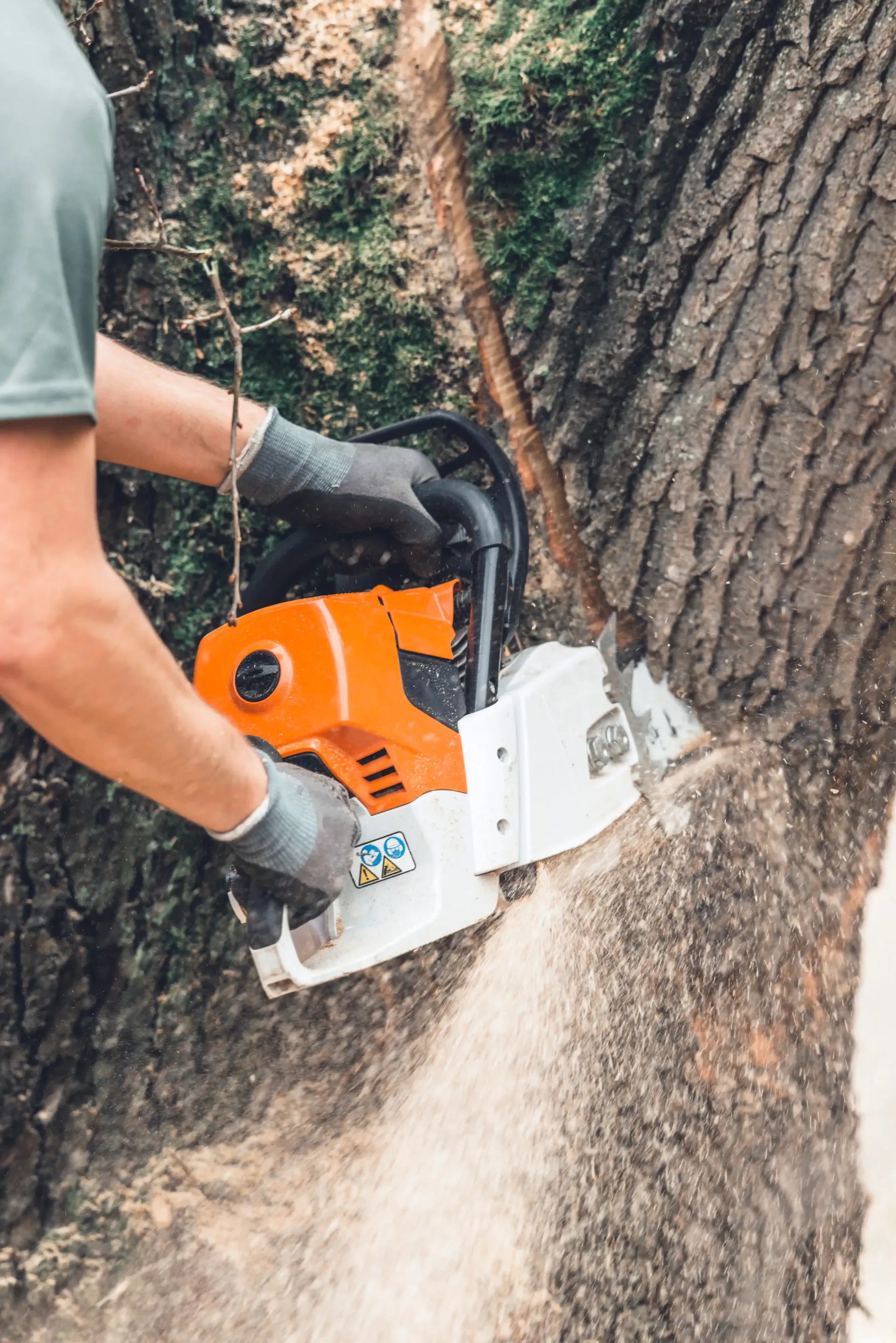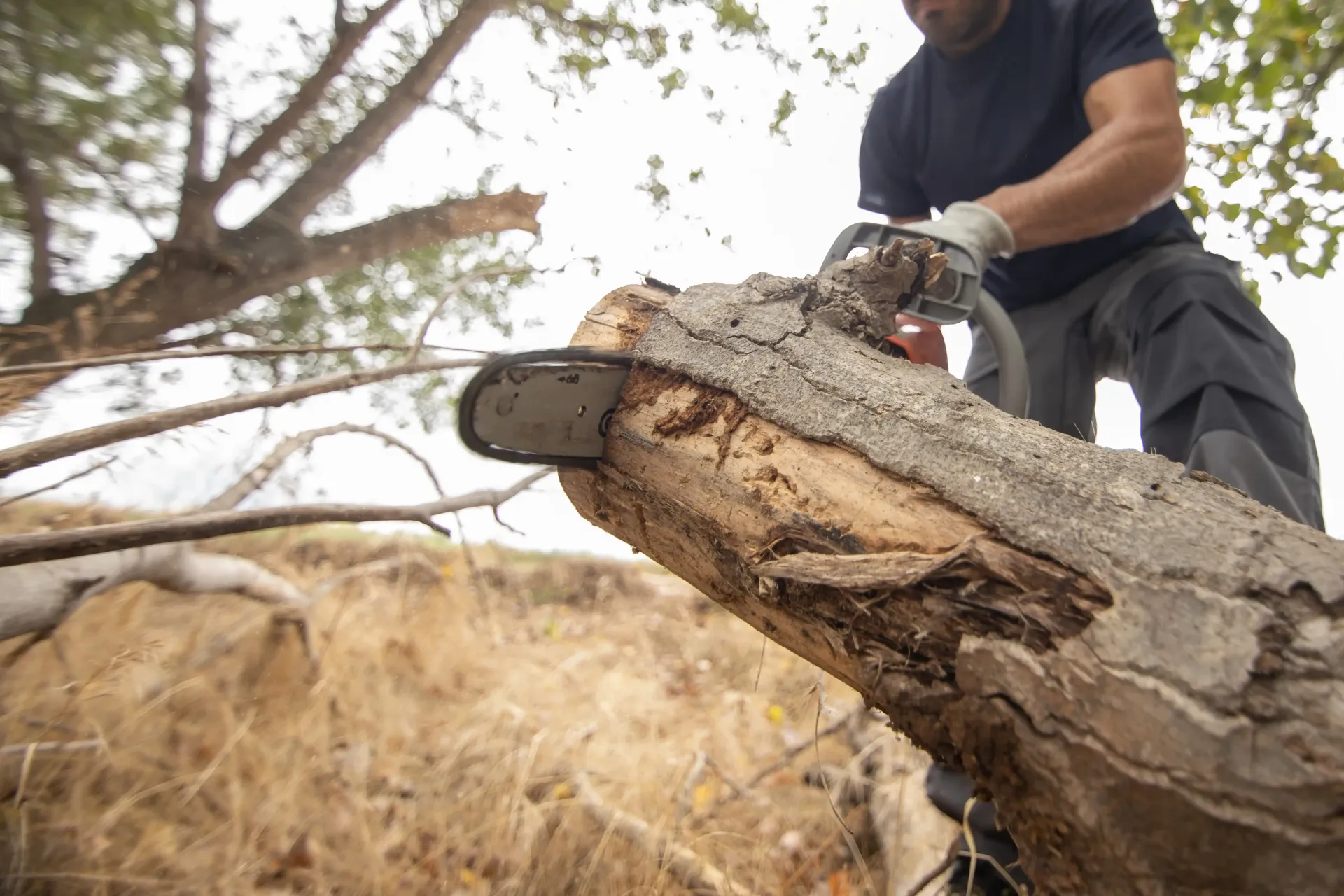Tree Trimming vs. Pruning: What’s the Difference (and Why It Matters for Your Yard)
This is a subtitle for your new post
Tree Trimming vs. Pruning: What’s the Difference (and Why It Matters for Your Yard)
When it comes to caring for trees, the terms “trimming” and “pruning” are often tossed around like they mean the same thing. But they don’t — and if you’re a homeowner who wants healthy trees and a clean-looking yard, knowing the difference can save you from costly mistakes.
In this post, we’ll break down tree trimming vs. pruning, when you need each service, and how both can help your landscape thrive.
First, Why Tree Care Matters
Your trees aren’t just leafy decorations. They boost curb appeal, provide shade, increase property value, and protect your home from wind and sun. But without regular care, they can also become hazards — growing too close to power lines, cracking sidewalks, or dropping heavy limbs without warning.
That’s where trimming and pruning come in.
Tree Trimming: Think Aesthetics & Shape
Tree trimming is all about appearance and keeping trees from growing wild. It’s typically done to:
- Improve the overall look of the tree
- Remove overgrown or wayward branches
- Clear space from roofs, driveways, or power lines
- Help sunlight reach your lawn or garden
Trimming is like giving your tree a haircut — it keeps it neat, balanced, and safely shaped. It’s especially common for hedges, shrubs, and ornamental trees.
🔧 Pro tip: Over-trimming can stress a tree, so timing and technique matter. That’s why most homeowners call in pros (like us) instead of going full lumberjack with a ladder and chainsaw.
Tree Pruning: Think Health & Safety
Pruning, on the other hand, is more surgical. It’s done to protect the tree’s health and prevent damage. Pruning focuses on:
- Removing dead, diseased, or damaged branches
- Eliminating pest-infested limbs
- Improving air circulation within the canopy
- Encouraging stronger, safer growth
Pruning helps your tree grow better and live longer. It can also prevent limbs from breaking in storms — a big deal during Utah’s winter snow or windy spring months.
🌳 Fact: A properly pruned tree can resist disease, pests, and structural failure far better than one that’s left alone.
When Should You Trim or Prune?
Timing is key. Most trees do best with pruning in late winter or early spring when they’re still dormant. Trimming, however, can be done more regularly — especially if branches are encroaching on structures or creating a messy look.
If you’re ever unsure, a quick consultation can prevent long-term damage.
Final Thought: Don’t DIY This One
We get it — YouTube makes everything look easy. But trimming and pruning can be risky, especially if:
- You’re dealing with large limbs
- The tree is near power lines or your home
- You don’t know what’s safe to cut
One wrong cut can weaken your tree or make it vulnerable to disease. Worse, it could land you in the ER.
You might also like
The BloggingTree!



